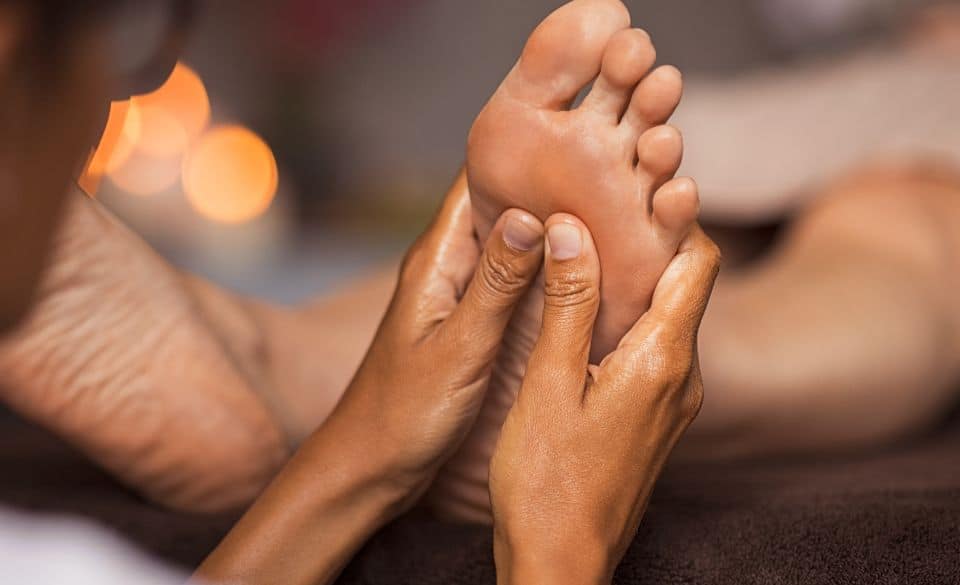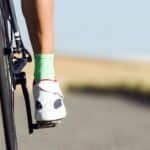
Say Goodbye to Cycling Hot Foot: Understanding Causes and Prevention
Page Contents
If you’re a regular cyclist, you may have experienced cycling hot foot at some point. This condition is characterized by a burning or tingling sensation in the feet, often accompanied by numbness or discomfort. Cycling hot foot can make even the shortest rides unbearable, but don’t let it get in the way of your love for cycling. In this article, we’ll discuss the causes of cycling hot foot and how to prevent it.
What Is Cycling Hot Foot
Cycling hot foot, also known as cyclist’s foot or metatarsalgia, is a common condition that affects many cyclists. It is caused by pressure or compression on the nerves and blood vessels in the feet, leading to inflammation and discomfort. This condition can be caused by a variety of factors, including poorly fitting shoes, improper cleat position, or excessive pressure on the foot.
What Causes Cycling Hot Foot
Cycling hot foot is a common issue among cyclists, and its causes can be attributed to several factors. One of the primary causes is ill-fitting cycling shoes. A study published in the Journal of Sports Science and Medicine found that wearing shoes that are too tight or too loose can increase pressure on the ball of the foot, leading to discomfort and pain. The study recommended that cyclists wear shoes that fit properly and provide adequate support.
Another factor that can cause cycling hot foot is improper cleat position. According to a study published in the Journal of Foot and Ankle Research, incorrect cleat position can lead to excessive pressure on the ball of the foot, which can cause numbness, tingling, and pain. The study recommended that cyclists adjust their cleat position to reduce pressure on the foot.
Overuse is also a common cause of cycling hot foot. A study published in the Clinical Journal of Sport Medicine found that long-distance cycling can cause fatigue and strain on the muscles and tendons in the feet, leading to discomfort and pain. The study recommended that cyclists take regular breaks during long rides and incorporate proper stretching and strengthening exercises to reduce the risk of overuse injuries.
Other factors that can contribute to cycling hot foot include riding on uneven terrain, using the wrong pedals or shoes, and wearing socks that are too thick. It is important for cyclists to be aware of these factors and take steps to prevent cycling hot foot.
In conclusion, cycling hot foot can be caused by a variety of factors, including ill-fitting shoes, improper cleat position, overuse, and other equipment-related issues. By investing in proper cycling shoes, adjusting cleat position, taking regular breaks, and incorporating proper stretching and strengthening exercises, cyclists can reduce the risk of hot foot and enjoy their rides without discomfort.
How To Prevent Hot Foot While Cycling
Cycling hot foot is a common issue among cyclists, but there are several steps that can be taken to prevent it. Here are some tips for preventing hot foot while cycling:
1. Properly fitting shoes: Invest in cycling shoes that fit properly and provide adequate support. Shoes that are too tight or too loose can increase pressure on the ball of the foot, leading to discomfort and pain.
2. Adjust cleat position: Make sure your cleats are positioned correctly to reduce pressure on the ball of the foot. Incorrect cleat position can cause excessive pressure, leading to numbness, tingling, and pain.
3. Take regular breaks: Long-distance cycling can cause fatigue and strain on the muscles and tendons in the feet. Taking regular breaks during long rides can help reduce the risk of overuse injuries and prevent hot foot.
4. Stretching and strengthening exercises: Incorporate proper stretching and strengthening exercises into your cycling routine to reduce the risk of overuse injuries and improve overall foot health.
5. Use the right pedals and shoes: Using the wrong pedals or shoes can contribute to hot foot. Make sure you are using the appropriate equipment for your cycling style and foot type.
6. Wear appropriate socks: Wearing socks that are too thick can increase pressure on the foot, leading to discomfort and pain. Choose socks that are appropriate for your cycling shoes and provide adequate cushioning.
Preventing cycling hot foot involves investing in properly fitting shoes, adjusting cleat position, taking regular breaks, incorporating stretching and strengthening exercises, using appropriate equipment, and wearing appropriate socks. By following these tips, cyclists can reduce the risk of hot foot and enjoy their rides in comfort.
Conclusion
Cycling hot foot can be a frustrating and painful condition, but it doesn’t have to be a regular part of your cycling experience. By investing in the right equipment, using proper technique, and taking care of your feet, you can prevent hot foot and enjoy your rides without discomfort. Remember, prevention is key, so be proactive in taking care of your feet and enjoy your rides to the fullest.


